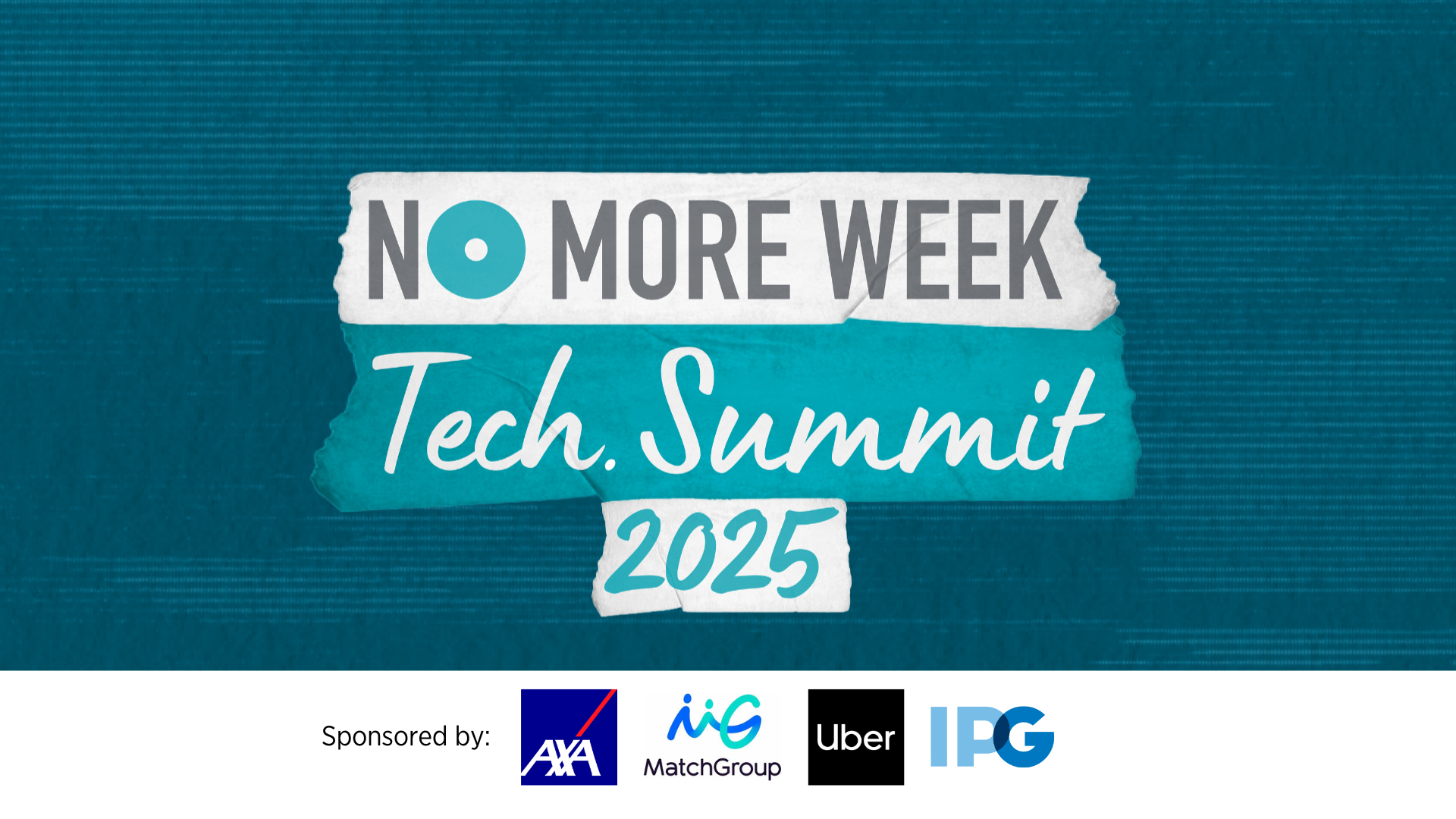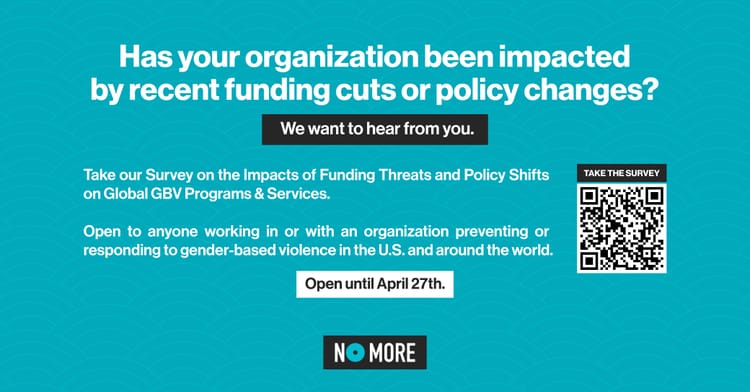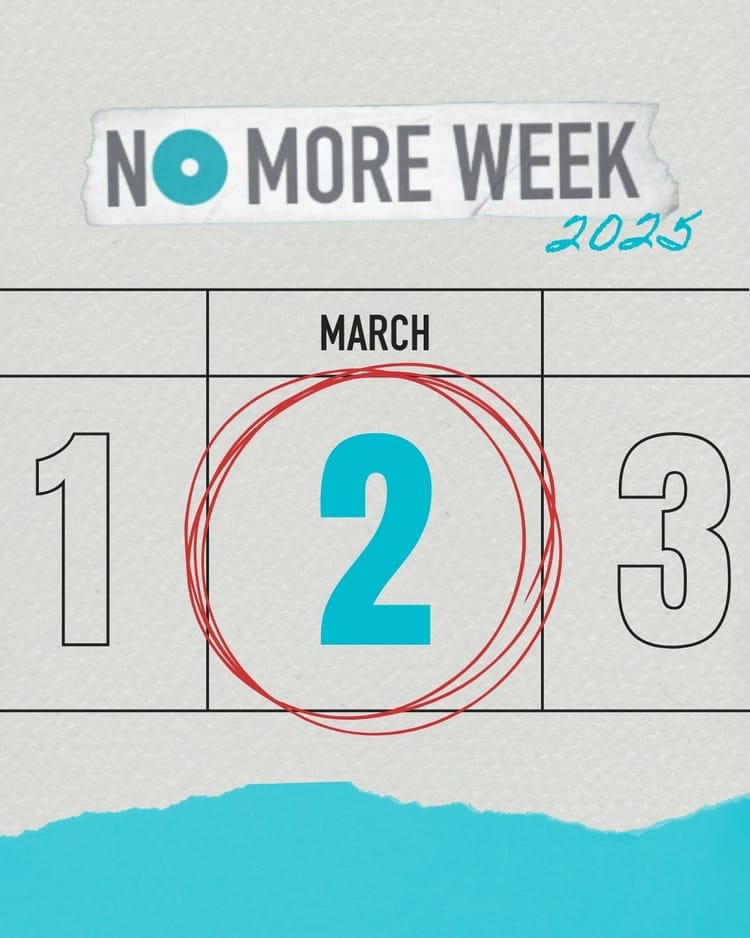Bias in the Bot: AI’s Relationship to Gender-Based Violence

As artificial intelligence continues to transform our world, a set of critical questions emerge: Who shapes the development of AI, and what impact does their influence have?
On one hand, AI offers groundbreaking potential to combat gender-based violence, from identifying bias real-world systems to supporting survivors. On the other, it amplifies and automates the biases of its human creators, often exacerbating the very issues it could help solve.
Gender Biases in AI Development
AI systems learn from data which is generated, selected, and labeled by humans. This means that AI can only be as neutral as the people designing it. Whether we recognize it or not, we all absorb and internalize biases from the world around us; inevitably, these are also being translated into the AI systems becoming integral to our daily lives. And, given that less than a quarter of AI and data science professionals are women, the field itself lacks critical diversity, ensuring that it is predominantly male perspectives guiding AI’s decision-making processes.
The consequences of this can be far-reaching. Algorithms reinforce gender stereotypes, from recruitment tools that rank male candidates higher to social media algorithms that amplify misogynistic content. AI, rather than serving as an impartial tool, can become a reflection of the social systems in which it’s created.
AI as a Tool for Harm
The Convention on the Elimination of Discrimination against Women has called digitized violence the “newest category of gender-based violence.” As AI accelerates, the nature of gender-based violence evolves. One of the most troubling developments is the use of generative AI in perpetuating image-based abuse. In 2023, 98% of non-consensual deepfake content was sexual in nature, and 99% of those affected were women. Generative AI has made it easier to create and distribute non-consensual, explicit content, victimizing more women and potentially desensitizing others to digital violence.
AI-powered tools are also facilitating the spread of misinformation and online harassment. Algorithms designed to drive engagement often prioritize inflammatory or harmful content, giving more visibility to misogynistic ideology.
Can AI Be Used for Good?
Despite these challenges, AI also presents opportunities to address gender-based violence. AI-powered chatbots, for example, are being developed to connect survivors to support services while others help them navigate their legal options.
AI is also being harnessed to identify patterns of bias and discrimination, shedding light on inequalities in employment, healthcare, and legal systems. Some tools are even employing AI to detect and remove non-consensual imagery from digital spaces, offering new ways to combat online abuse more efficiently.
The Path Forward
A future with AI is inevitable, but it is ours to shape. AI is a powerful force that can be harnessed to reduce or reproduce gender biases and inequalities. As we move forward, we must push for ethical AI systems – ones built to reduce, rather than reproduce, gender inequalities.

To learn more about the intersections of technology and abuse, join us on March 4, 2025, for the NO MORE Week Tech. Summit. This free, online event will feature expert panels exploring the most pressing issues transforming the landscape of abuse and offering actionable solutions to create safer digital spaces. Together, we can say “NO MORE” to tech-facilitated abuse and build a future where everyone can thrive, free from harm.
Let’s go beyond awareness – let’s create change.
Together We Can End Domestic and Sexual Violence






